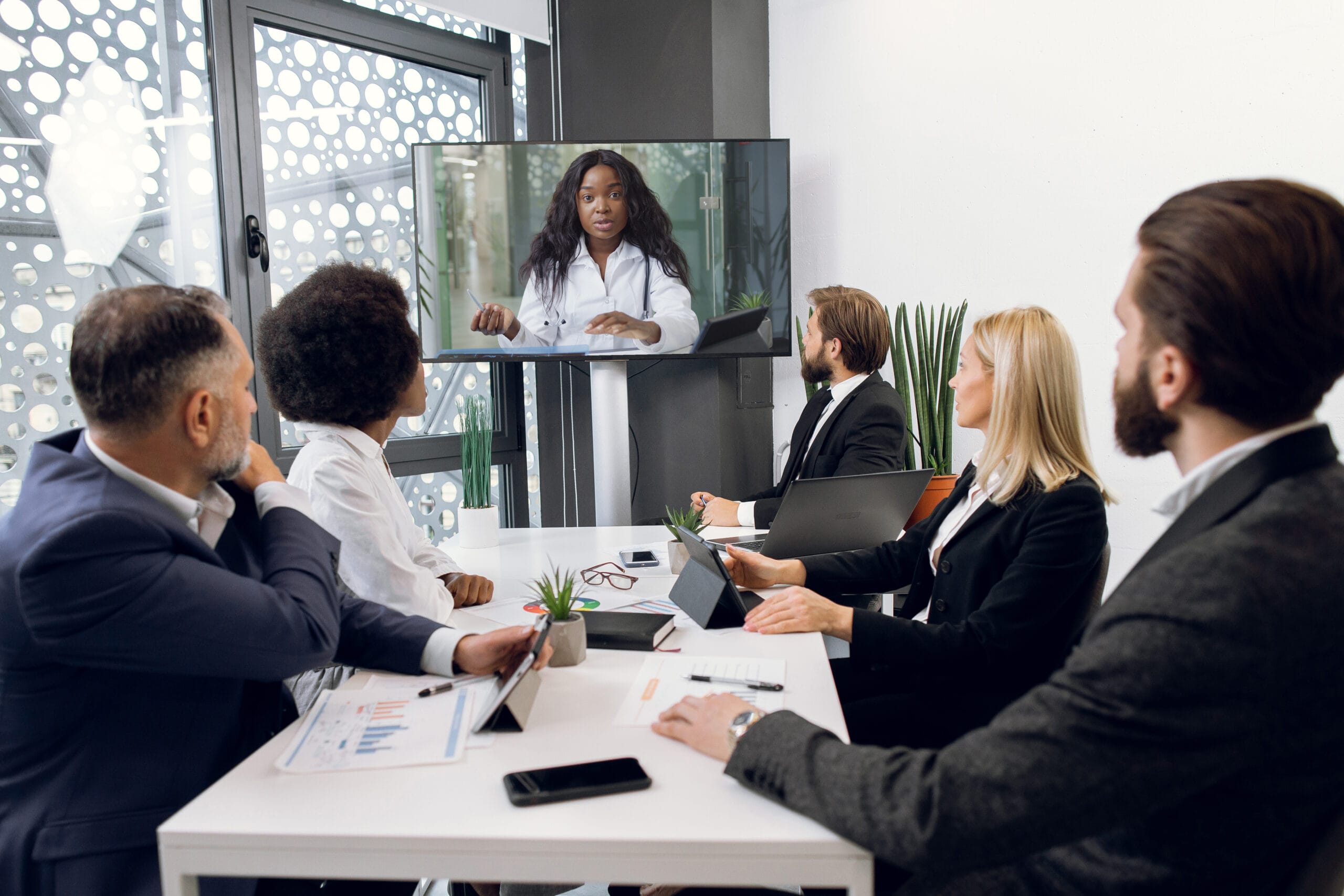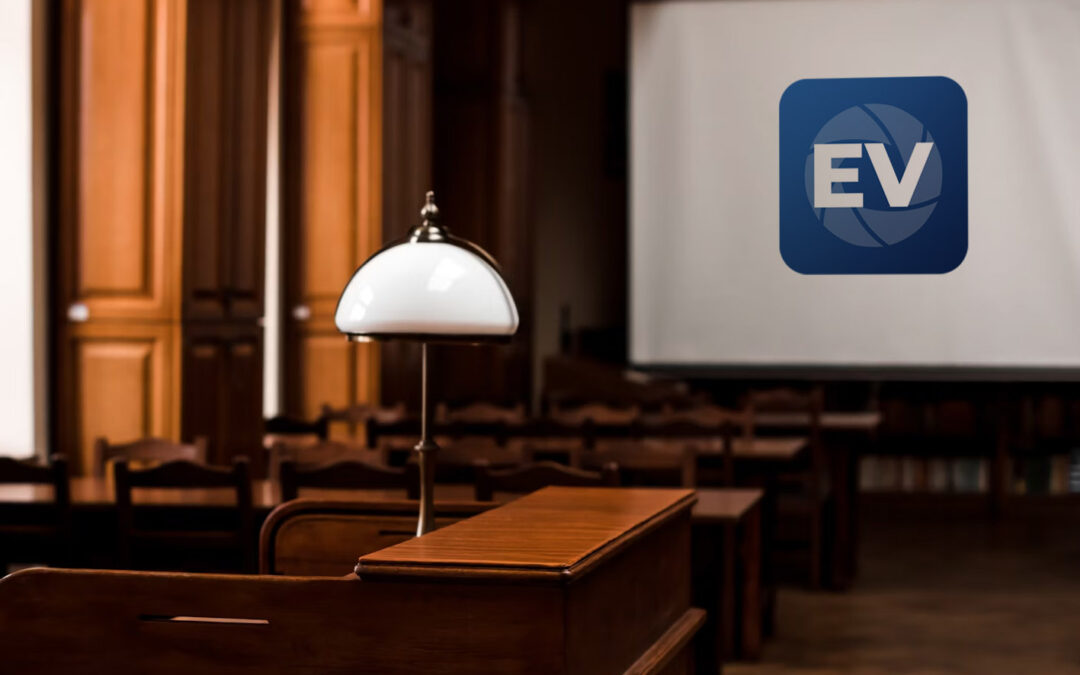Exactly How Test Presentations Enhance Your Debate and Convince Jurors
Trial discussions act as an essential mechanism for boosting legal arguments and encouraging jurors. By incorporating aesthetic aids, narrative frameworks, and emotional interaction, attorneys can create an engaging instance that reverberates on several levels. The tactical usage of visuals not only clarifies intricate details but also captures jurors' attention better than words alone. Nevertheless, the art of storytelling plays a similarly crucial duty in changing accurate proof right into a compelling story, forming jurors' perceptions - trial presentations. Recognizing these elements can dramatically impact trial end results, raising the question of exactly how each part adds to this intricate dynamic.

Significance of Visual Aids
Visual aids play a crucial role in enhancing the performance of test discussions, as they can dramatically enhance target market interaction and retention of info. In the context of a trial, where jurors are entrusted with handling complicated details, aesthetic help serve to simplify and clear up key factors. Charts, graphs, and pictures can communicate data and principles that might otherwise overwhelm or perplex jurors, enabling a much more straightforward understanding of the evidence presented.
In addition, visual aids help in preserving juror focus throughout the proceedings. By damaging the dullness of verbal statement, these devices can punctuate crucial arguments, making them much more unforgettable. Effective aesthetic help can additionally stimulate psychological reactions, which can be crucial in encouraging jurors to straighten with the presenter's story.

Crafting Engaging Stories
A compelling story is important in trial presentations, as it offers as the backbone of reliable persuasion. It enables lawyers to weave with each other realities, proof, and psychological components into a meaningful tale that reverberates with jurors. This narrative framework makes it possible for jurors to recognize the complexities of the situation while leading them via the attorney's disagreement.
To craft an engaging narrative, attorneys must concentrate on clarity and coherence. This involves developing a clear protagonist-- commonly the customer-- and describing their trip through the occasions concerned. Presenting the realities in a rational series boosts understanding and preserves involvement. Additionally, using vibrant descriptions can produce mental photos that help jurors visualize the occasions, making the narrative a lot more unforgettable.
In addition, incorporating essential motifs throughout the presentation strengthens the core message and aids in retention - trial presentations. The narrative ought to not just share information however likewise stimulate a sense of justice, highlighting the stakes involved. Eventually, a sound narrative cultivates a link in between the jurors and the instance, placing the lawyer's argument as both trustworthy and compelling, therefore increasing the probability of a favorable decision

Involving the Court Mentally
Efficient court involvement hinges on the attorney's ability to link with jurors on an emotional level. This link can significantly index affect jurors' perceptions and their best decision-making.
Aesthetic aids, such as pictures or videos, can better enhance psychological engagement, offering jurors with vivid representations of the case's human components. Crafting a story that highlights the battles and accomplishments of the people involved makes sure that jurors see beyond the legal arguments and visit this site right here acknowledge the human consequences of their decisions.
In addition, tone and body movement play an important function in communicating emotion. An attorney's passionate shipment can reverberate with jurors, enhancing their emotional financial investment in the event. It's necessary to stabilize psychological allures with valid evidence, making certain that jurors feel urged to act while continuing to be grounded in the reality. Inevitably, a mentally involved court is much more most likely to be encouraged, making emotional connection a vital element of efficient trial discussions.
Structuring Your Presentation

The body of the presentation must be rationally segmented right into vital points, each supported by engaging evidence. It is beneficial to use narration methods to weave truths right into a story that jurors can easily adhere to. Visual help, such as graphes and videos, can boost comprehension and involvement, helping to highlight crucial items of evidence.
Real-World Case Researches
Taking a look at real-world instance studies supplies invaluable insights into the art of trial presentations find here and persuasion. The defense team effectively utilized a method that combined top-level specialist statements with multimedia discussions, which captivated jurors and ultimately influenced their decision.
One more remarkable example is the "McDonald's Coffee Case," where the plaintiff's lawyers made use of graphic photos of the injuries sustained by Stella Liebeck. trial presentations. This raw visual proof played a crucial function in sharing the seriousness of her burns, leading to a significant jury award. Such instances demonstrate that impactful trial presentations frequently rest on the efficient assimilation of visuals and storytelling to stimulate psychological reactions from jurors
Furthermore, the "Casey Anthony Test" highlighted the significance of narrative comprehensibility and integrity. The prosecution's failure to establish an engaging timeline diminished their convincing power, emphasizing the need of a well-structured discussion. Examining these instances reveals that effective trial discussions need calculated planning, psychological interaction, and the capability to resonate with jurors' values and beliefs.
Conclusion
Trial presentations dramatically enhance disagreements and persuade jurors via the critical use visual aids, engaging narratives, and psychological interaction. By streamlining complex information and cultivating links with the target market, these elements develop a remarkable and impactful experience. A well-structured presentation equilibriums sob stories with accurate evidence, inevitably resonating with jurors' worths. The assimilation of these methods not only influences decision-making but additionally highlights the importance of reliable interaction in the court room.